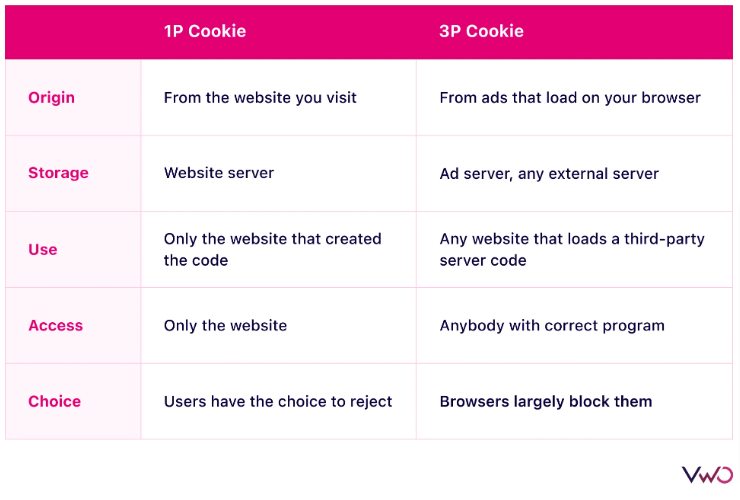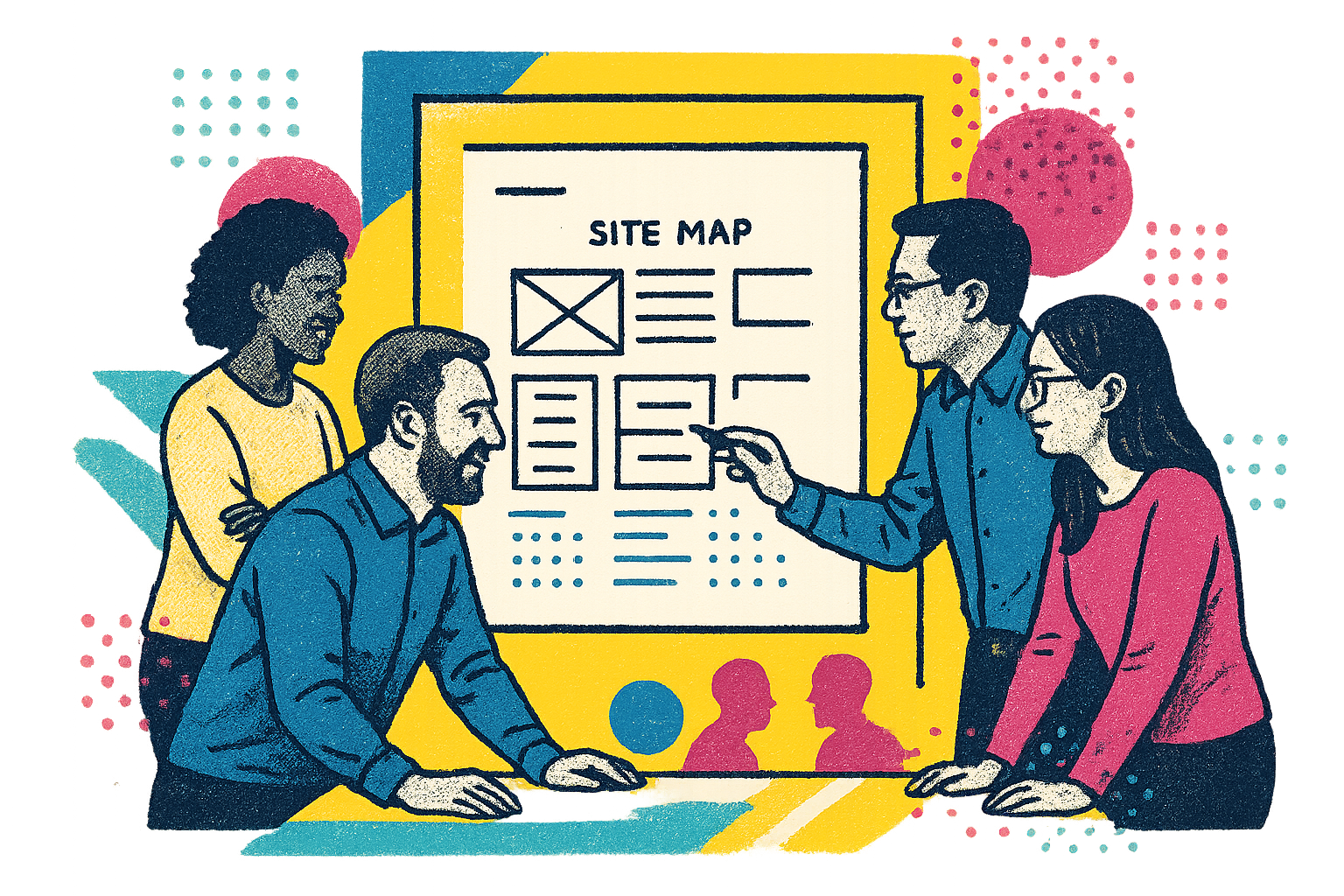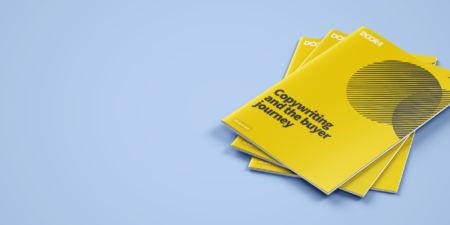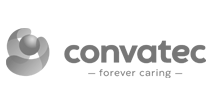
How to protect your ‘test and learn’ process in a cookieless world
How to protect your ‘test and learn’ process in a cookieless world
As technology changes and consumer behaviour shifts, we as marketers need to adapt and be open to experimentation. At Door4, our culture is rooted in test and learn, not just with Conversion Rate Optimisation, but across our PPC and SEO services too. This ‘test and learn’ culture is critical to client success as we develop and test hypotheses, using the results to lead our strategy to drive maximum impact.
However, privacy standards are becoming more and more important, and cookies are becoming less prevalent, with third-party cookies to be phased out by 2023. Digital marketers rely heavily on cookies for the insights that guide their test and learn culture, but how can this be done without cookies?
In this article you will learn the following:
- Testing culture
- Test and learn
- Types of testing
- What are cookies
- What is the difference between 1st and 3rd party cookies
- Testing and cookies – What’s changing?
- How does your testing software use cookies?
- What’s the solution to the cookieless world?
- Server-side tagging
- 1st party cookies
- How to build a better relationship with your users
- Data capture
- Better research and user feedback
- AI & Modelling
Testing culture
Most businesses are testing in some form, either using Google Analytics for segmentation or through specialised A/B testing software.
Big business is all about testing. They know testing removes biases, and gets proven results to improve user experience, ultimately impacting your business’s bottom line. Testing tools have now become much more accessible: if you’re not testing, you should be!
Cookies have long been a staple of analytics and testing software. Still, marketers have long expected an impending cookiepocolypse. In 2018 the EU introduced GDPR, while in 2019 Apple eliminated third-party cookies from Safari and Firefox with ITP (intelligent tracking prevention), Google is following suit and phasing out third-party cookies from their Chrome browser in 2023.
What are cookies?
Cookies are implemented to split user groups and track their behaviour as they move across websites and devices. In Conversion Rate Optimisation, these cookies are used to identify which variant has been served to a user when they visit your website.
We have discussed how web browsers are starting to restrict cookies, from May 2019 ITP has started to automatically remove third-party cookies. Without cookies, visitors won’t be easily identified across visits. Testing heavily relies on cookies, every user that visits your test will be seen as a newcomer, which would highly skew your test results.
What is the difference between First and Third-party cookies?
First-party cookies are captured from your customers and stored directly on the website you visit in an internal server.
First-party cookies are like a customer coming to your shop, buying an item and you remember which item it is they bought and where they went within your shop.
Third-party cookies are created by external companies and are stored externally.
Third-party cookies come from sites other than the one you’re actually visiting.
Third-party cookies are like a customer coming into your shop and buying an item, but the shop next door can watch where they went and what they bought.
Beyond that, the shop knows where the customer went before and after your shop, what the customer looked at and bought there too.
Ultimately, third-party cookies help leave a trail of breadcrumbs across multiple domains for further insight into user behaviour.

Testing and cookies – What’s changing?
Why is it happening? Privacy.
With recent EU legislation changes, GDPR has been at the forefront of everyone’s mind. Governments are seeking to protect website users’ privacy across the world by introducing CCPA, ePR, and GDPR – and that’s just a starting point!
Apple has led the charge by introducing the Intelligent Tracking Prevention (ITP) feature to its Safari browser. This feature blocks third-party cookies by default and also restricts the lifespan of first-party cookies which expire after seven days.
Google is following suit and blocking third-party cookies from their ‘Chrome’ browser (the most popular browser) in 2023. This will severely impact test data.
How does testing software use cookies?
A/B testing is just one of the marketing practices impacted by a cookieless Internet. A test user could visit the site multiple times during a test. Because there are no cookies and the test user is always seen as new, they could be shown the B version on one visit and the A version on another.
For the same reason, conversions may not be correctly attributed to the delivered variant. Even with first-party cookies, browsers like Safari have been cutting down on how long it keeps those cookies. Safari now removes them after seven days. This means that if you’re running a test for over seven days, if that user comes back after the 7-day window, then they will be classified as a new user. This can lead to your testing data being less reliable.
What’s the solution to the cookieless world?
There are a number of solutions in the pipeline, but they aren’t necessarily as clear-cut as they have been in the past. Ultimately, this could be a good thing. In the long run, it could lead to us understanding our customers better and delivering more personalised experiences for those who want them.
Server-side tagging
A short-term solution seems to be moving your tagging server-side. First-party cookies are deployed by the owner of the website domain. With server-side tagging, the data is sent to your own server, you could then send that data back to third-party programmes.
Server-side tagging is a viable solution for now, but it might not last. Governments continue to crack down by implementing new privacy laws and users are turning towards private browsers. Server-side tagging isn’t expected to be the future of data and analytics.
Strengthening First-party cookies
The longer-term strategy is to build a more sustainable relationship with your users. By developing your capture of 1st-party cookies, you create additional avenues on your website for users to log in to an account or swap their data for information, tools or features. This enables data retention and an effective way to track your users and their behaviour on your website or app.
Building a better relationship with your users
Data capture
Websites are finding more creative ways to capture your first-party data by providing added value to users.
What adds value to for our customers to help them give us their data?
- E-commerce – Sign up and login for free shipping.
- Lead generation – Access to a helpful tool or guide.
Some websites already make you log in by default to access their content for a richer experience.
- Optional sign-in to access additional features, such as bookmarking and curating content – Medium
- Paid subscription to read the content – The Telegraph
- Mandatory sign-in to use the app – Tiktok
Fast food apps have developed reward systems where you need to log in to collect rewards or access special offers.
Analytics is becoming a more personalised experience, the way we capture user data will be different depending on your own business and goals. Your analytics setup won’t be a one-time thing. It will need to be monitored and adjusted to become more accurate but supported by other data sources the holistic picture could be better than ever.
Better research and user feedback
Due to the lack of third-party cookies, your consumer data will be less relevant. Companies will have to invest more in user research and rely on qualitative data to find out more about their audiences wants, needs, and behaviours.
Research is already a key component in any CRO programme, but without having third-party cookie data on hand, teams will have to look towards capturing more data themselves, through User Experience studies and surveys.
AI & Modelling
As data will be more limited, Big Data is focusing on how they can get the most out of the data they capture. An area of focus for GA4 is how Google will utilise AI and machine learning to help predict the trends of your users.
The key is to understand what behaviours drive the most conversions. AI will help us understand the user’s intent and help us learn faster. We should be able to understand what our customers are looking for, while at the same time respecting our customer’s privacy.
By 2023, third-party cookies will no longer exist, this phase-out will heavily impact the way A/B testing tools and user analysis currently works. While a short-term fix would be to move towards server-side tagging to bypass cookie dependency, the long-term (and recommended) solution is to strengthen your first-party cookies and data capture.
Compelling users to log in by providing unique experiences to them would enable impactful data retention compared to 7-day cookies.
Further Support
At Door4, our aim is to make your transition to a cookie-less world as straight-forward as possible. So, if you need any help or advice on first-party cookies, server side tagging or protecting your test and learn process…
Start the conversation today
Ask us about how we can optimise your revenue with Conversion Marketing.
Image from Vwo.com
-
 04.11.2022|We asked Door4 Head of Acquisition, Tom Morton - Are Google getting rid of keyword match types?
04.11.2022|We asked Door4 Head of Acquisition, Tom Morton - Are Google getting rid of keyword match types? -
 14.12.2021|The human brain is impulsive and favours speedy decisions, but it’s also highly emotional and loves a good story. Identifying the right words means tapping into the driving motivations at each point in their journey.
14.12.2021|The human brain is impulsive and favours speedy decisions, but it’s also highly emotional and loves a good story. Identifying the right words means tapping into the driving motivations at each point in their journey. -
 21.07.2022|We asked our Head of Acquisition, Tom Morton, how brands account for the long-term nature of search engine optimisation in their digital strategy.
21.07.2022|We asked our Head of Acquisition, Tom Morton, how brands account for the long-term nature of search engine optimisation in their digital strategy.
We have a lot to talk about.
ScrapbookDoor4 opinions and insight - our articles features and ramblings.
We explore performance marketing, AI, communications and optimisation.

















